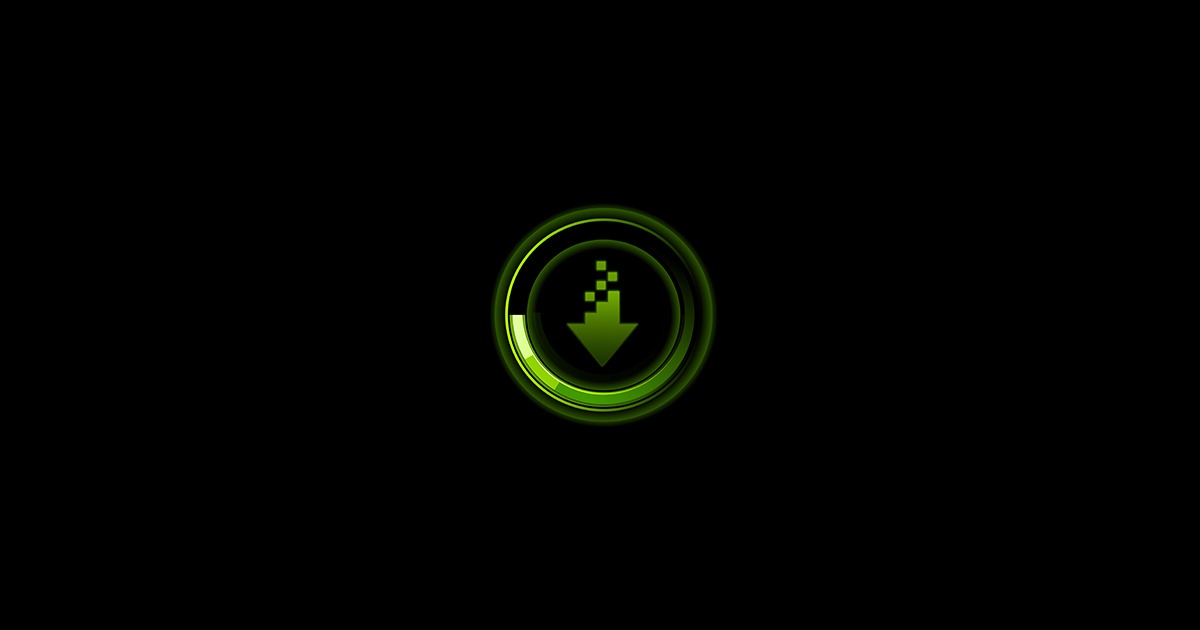Looks like nvidia-xconfig has a dependency on the current(525xx) Nvidia driver. You could either try setting up a minimal configuration to see if that works, which looks something like this.

wiki.archlinux.org
Adjusting the configuration to match your card or you could manually install the driver by downloading the run file from the previous link I shared.
Download the English (US) Linux x64 (AMD64/EM64T) Display Driver for Linux 64-bit systems. Released 2022.11.22
www.nvidia.com
Then there could be a chance that an xconfig-nvidia version is installed that works with the 390xx driver.
Nvidia is known for bad driver support for their legacy graphics cards but it looks like nvidia-xconfig should be part of the driver install, so I guess rpmfusion doesn't package nvidia-xconfig for legacy cards. So I think it might be still worth a try. The downside though is that if you manually install the driver you will have to reinstall the driver with each kernel update unless you use dkms.
Thanks again but I'm starting to think there are deeper issues afoot due to a previous failed graphics card driver install or some other issue on Kali which was on this hdd before Fedora 36 - I had a devil of a time getting the laptop to boot from usb when Kali was installed..
The steps I took last time (boosting USB FDD and USB CD up the BIOS boot order above the hdd entries) didn't work this time when I was trying to install Fedora 37 (wiping this Fedora 36 partition and setting all back to default settings in the process I hoped).
I failed to see why the above worked that time to be honest as its the USB "KINGSTON/SANDISK/VERBATIM etc" entry that has to be at the top of the list above hdd).
I've been trying to get the laptop to boot directly from USB (an ISO of Fedora 37 created using Fedora instructions and built with Nautilus/Gnome disks ISO writer - they might want to update that walk through to add you need to "open with another application" on the right click menu to select the image writer where image mounter is actually the default option at the top of the menu when right clicking an ISO from Nautilus (which is actually the "Files" application built by the Nautilus team)) but the GRUB1 instructions I followed used the "find" command (in order to browse the contents of the various directories to identify the USB drive) which was an interesting discovery at that point seeing as I was actually on GRUB2 and had just changed the root to a different directory (hd0, MSDOS1).
The laptop wouldn't then boot after exiting the GRUB terminal and reported it was missing the mvlinuz file or something in the error message when trying to boot (luckily I kept trying to set each different directory listed using "ls" and "set root" until I found the one that booted Fedora 36 back up again).
I'll try your suggestions or delve further into GRUB2/wiping 36/installing 37 tomorrow.
(I don't want to use the Fedora software package manager to upgrade from Fedora 36 to 37 as it's bound to keep all the drivers etc and its the drivers I want deleted/reset to default by deleting the Fed 36 partition and installing 37 on a newly created partition - I wonder if something is up with the MBR too as the boot repair live usb I managed to run before installing Fed 36 reported an error that the MBR was overlapped by 34 sectors or something).
Update:
Just to add that I've started a new thread (link below) focusing on the issue of not being able to boot a live ISO distro from USB as don't want to waste your time fixing the GPU issues on what might be a fundamentally broken system.
Thanks again for your time/effort on the GPU driver install and please feel free to jump into the new thread if you have any suggestions you think might resolve the USB boot issue.
 wiki.archlinux.org
Adjusting the configuration to match your card or you could manually install the driver by downloading the run file from the previous link I shared.
wiki.archlinux.org
Adjusting the configuration to match your card or you could manually install the driver by downloading the run file from the previous link I shared. Then there could be a chance that an xconfig-nvidia version is installed that works with the 390xx driver.
Then there could be a chance that an xconfig-nvidia version is installed that works with the 390xx driver.

